In an effort to provide more targeted therapies for cancer patients, the Technical University of Munich (TUM), the TUM University Hospital, and ITM Isotope Technologies Munich SE have signed a research framework agreement. Through this partnership, the institutions aim to enhance their collaboration and involvement of the FRM II research reactor in the fields of nuclear medicine, radiopharmacy, and medical isotope technology.
MLZ is a cooperation between:
 > Technische Universität München
> Technische Universität München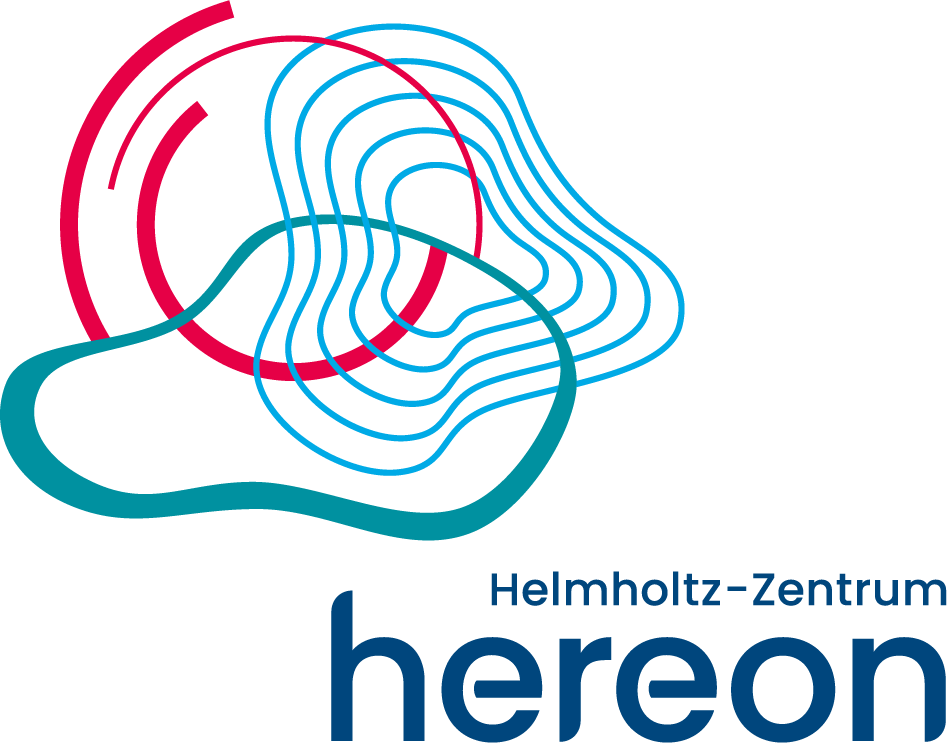 > Helmholtz-Zentrum Hereon
> Helmholtz-Zentrum Hereon
 > Forschungszentrum Jülich
> Forschungszentrum Jülich
MLZ is a member of:
 > LENS
> LENS > ERF-AISBL
> ERF-AISBL
MLZ on social media:

MLZ (eng)
Lichtenbergstr.1
85748 Garching
Life Science & Health
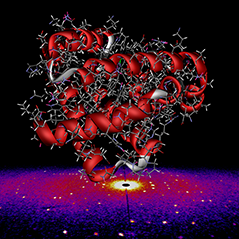
“Health is the highest good” – the truth in this old saying has become the focus of much attention in society in recent years. Better nutrition and health care has led to increased life expectancy. Research in the fields of diagnostics and medicine, functional medical materials, and functional foods has contributed significantly to improvements in the quality of life. In this respect, neutron research plays an important role. Neutrons are used to produce radionuclides for use in treatments and for diagnostic purposes.. Techniques involving fast neutron irradiation therapy have been used as cancer therapy. Furthermore, neutrons are a powerful tool used in food science and for the study of protein dynamics and cell structure.
MLZ addresses the Grand Challenges
- 24.10.2024
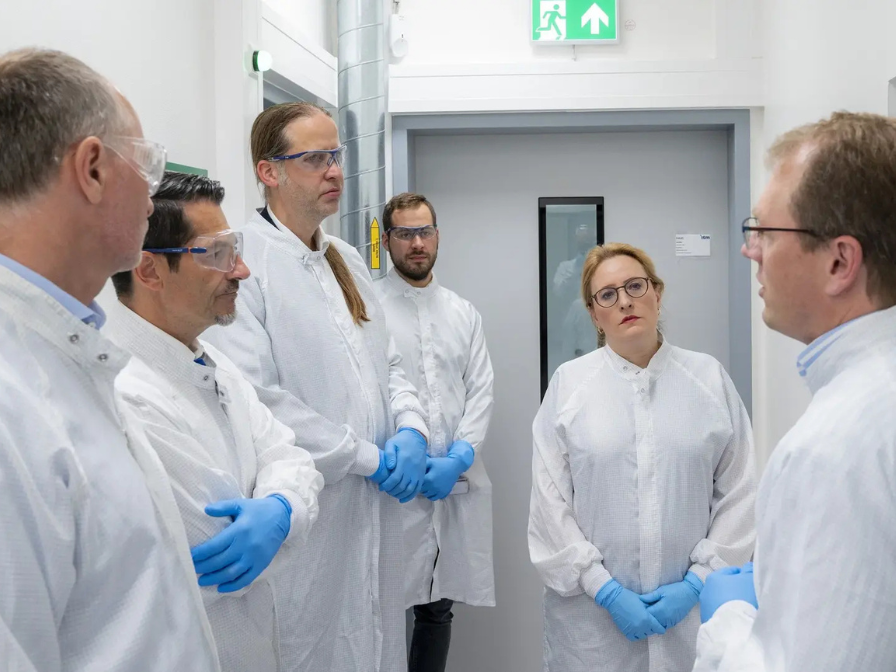
- 09.10.2024
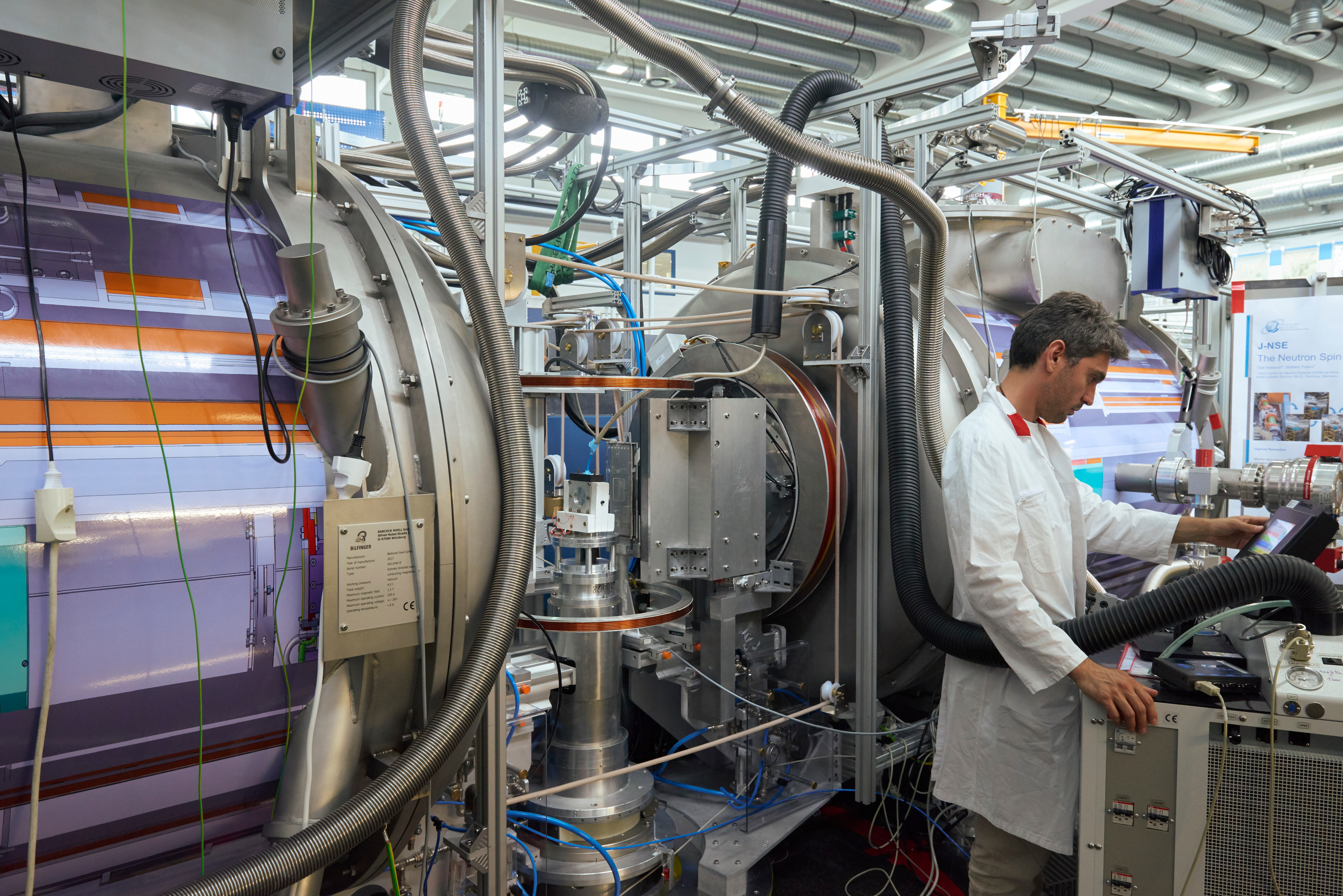
Proteins are long-chain molecules essential for all biochemical processes in our body. How they move exactly in the densely packed cell interior has yet to be clarified. A Spanish research team has investigated at the MLZ how the dynamics of mimetic model polymer nanoparticles change depending on their environment.
- 10.07.2024
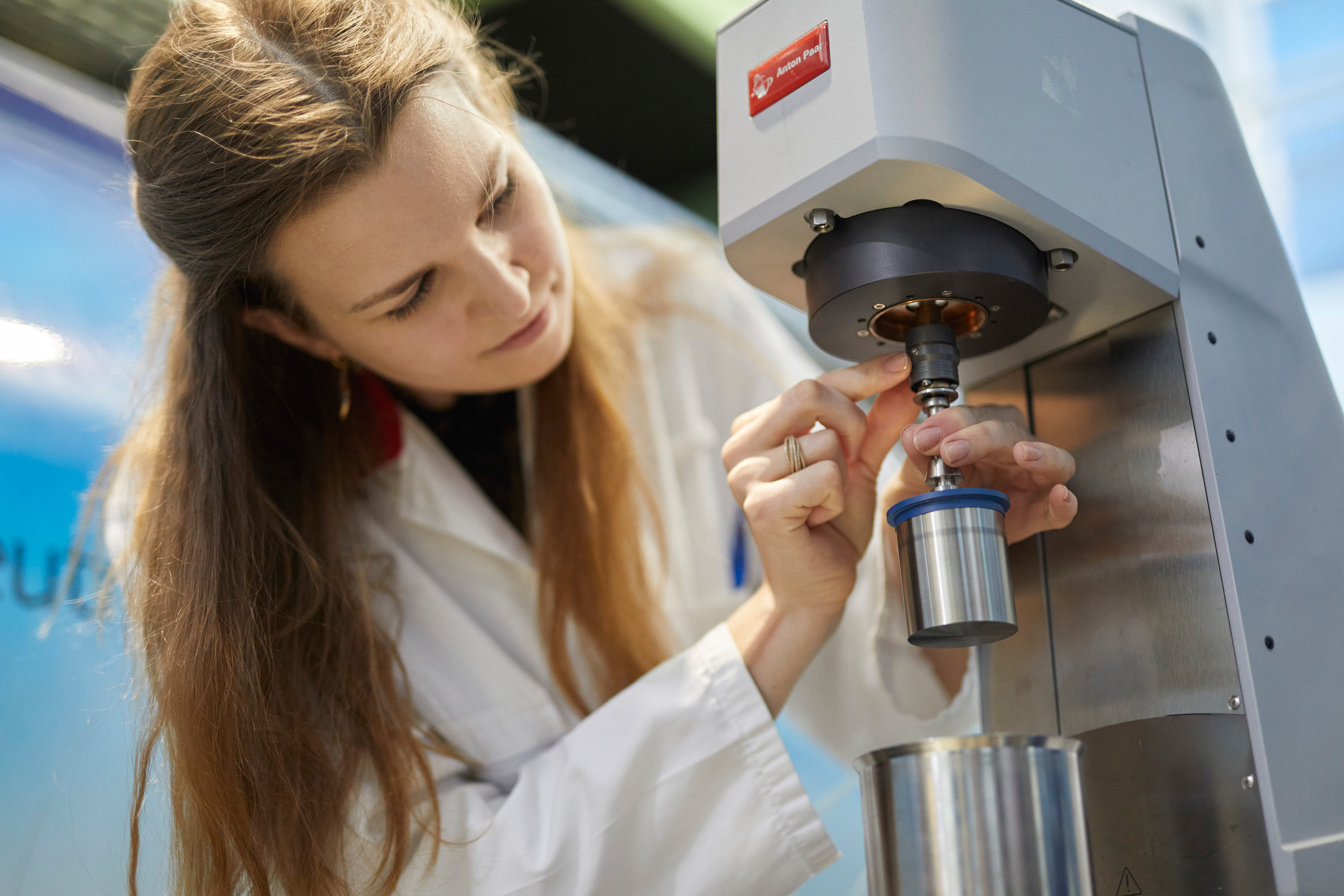
Up to three percent of people with diabetes have an allergic reaction to insulin. A team at Forschungszentrum Jülich has now investigated a method that could be used to deliver the active ingredient into the body in a masked form – in the form of tiny nanoparticles. The insulin is only released in the target organ when the pH value deviates from the slightly alkaline environment in the blood. The molecular transport system could also serve as a platform to release other drugs in the body precisely at the target site.
- 18.04.2024
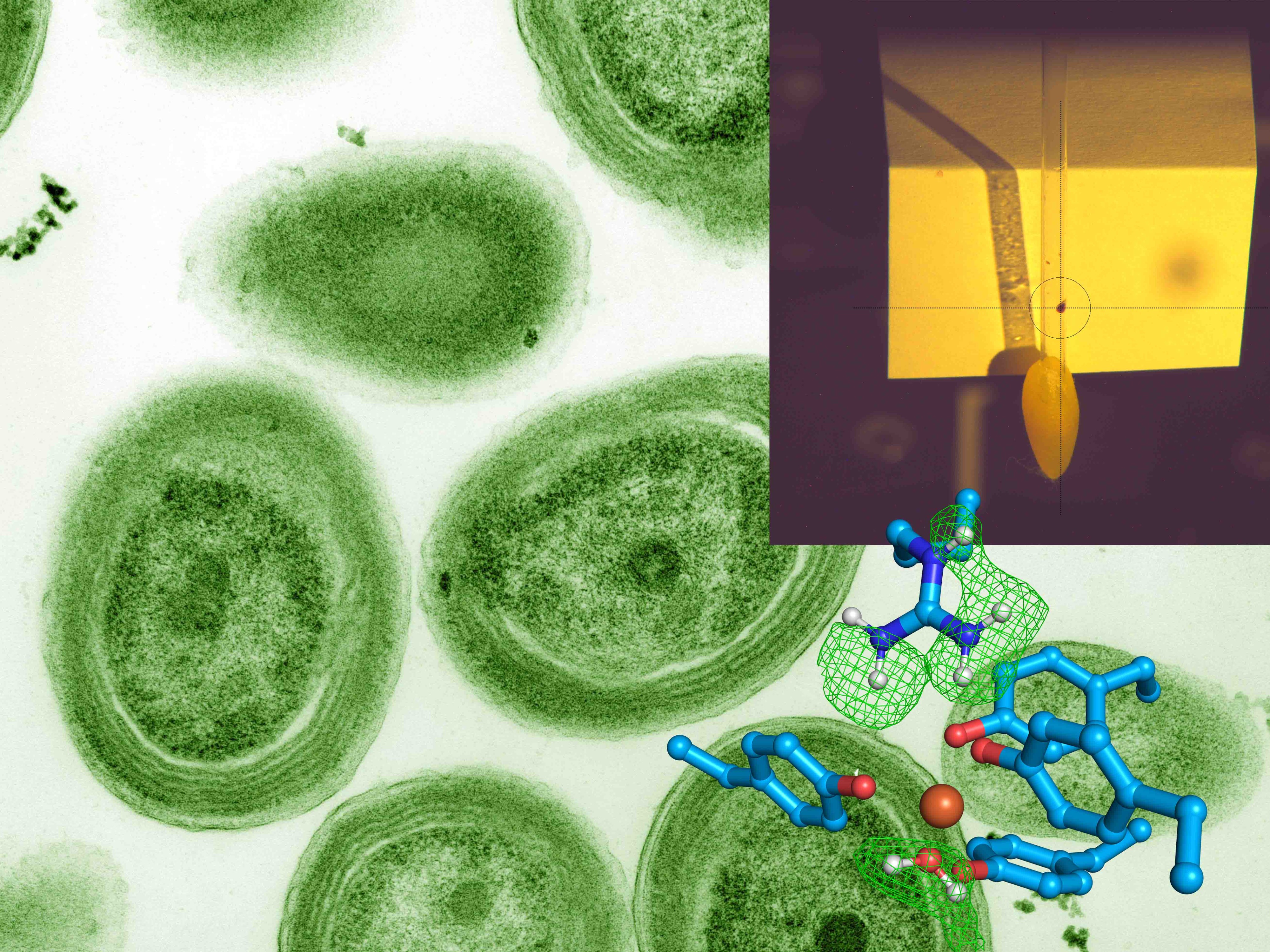
The cyanobacterium Prochlorococcus is the smallest and most abundant photosynthetic organism in the world. It has found a particularly efficient way to absorb and store vital iron. Using neutron, X-ray, and synchrotron experiments, an international team of researchers has visualized the molecular mechanism for the first time.
- 25.03.2024
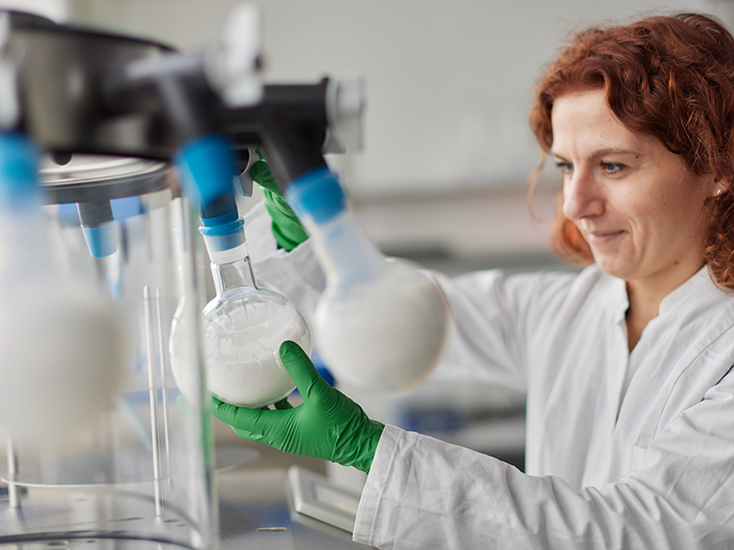
Milk alternatives made from sugar beet leaves – this is the vision of a Jülich research team. They have examined milk proteins and other components in cheese, yoghurt, cow’s milk and oat milk using X-rays and neutrons to find out what the structure of the products and individual components must be like in order for them to be stable, appealing and nutritious.
- 09.02.2024
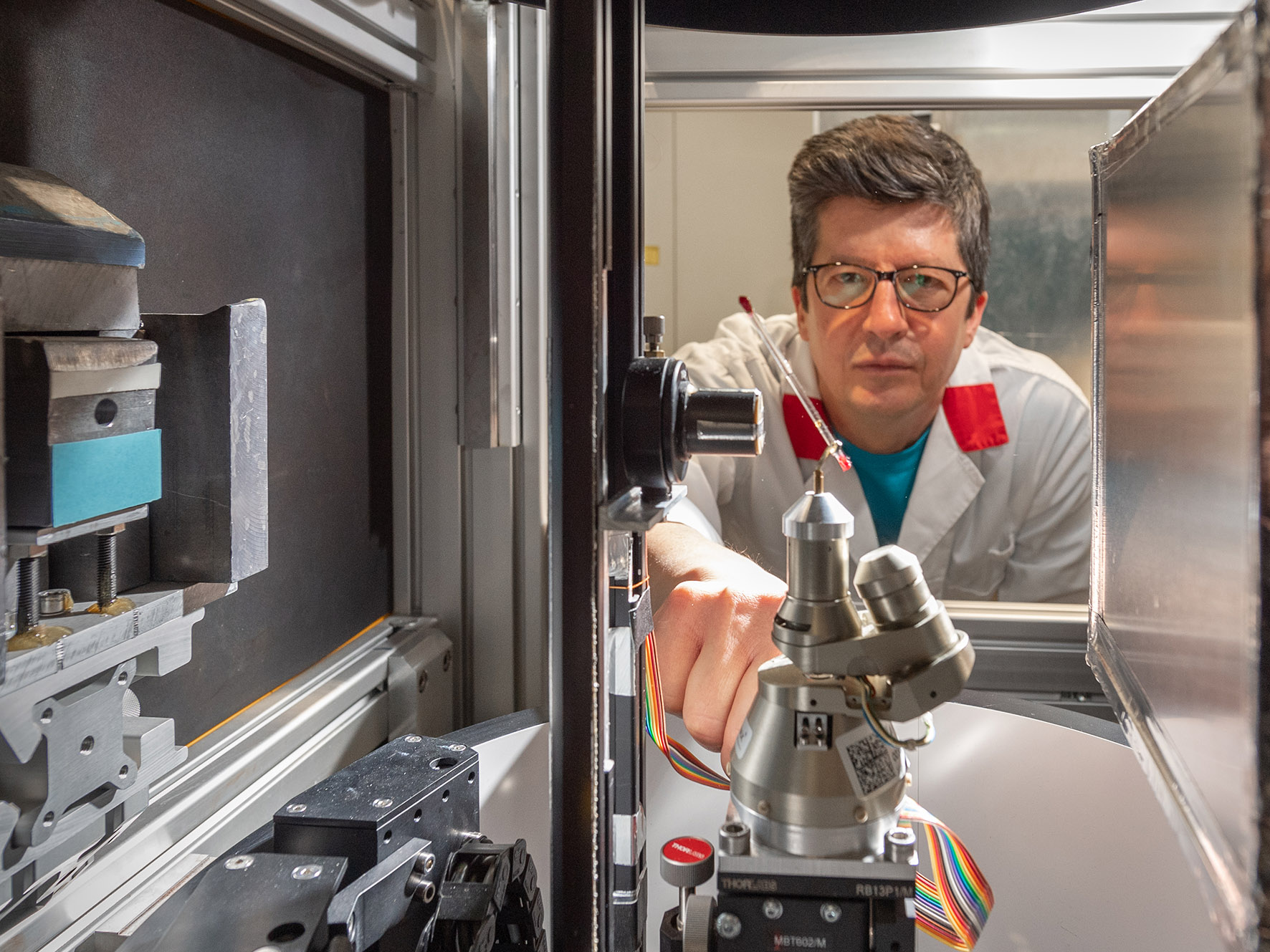
Proteins unfold when exposed to heat and thus not only lose their function, but can clump together and cause damage in organisms. Heat shock proteins (Hsp) bind to proteins before they unfold completely. A group from Japan has studied Hsp72 with neutrons for the first time and gained important insights into the course of these reactions.
- 30.01.2024
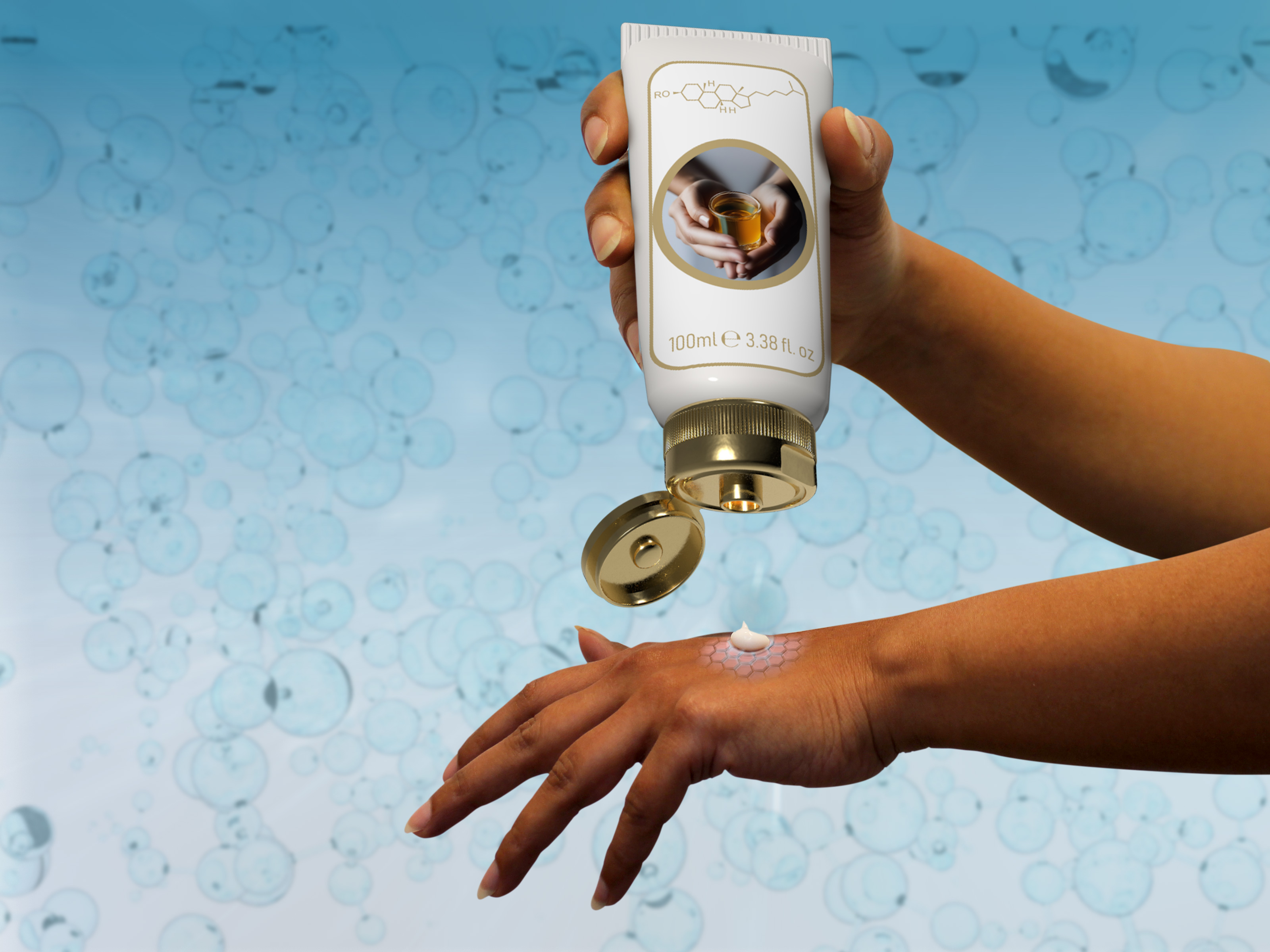
Promises made by moisturizers range from helping against dry skin to rejuvenating effects. The buzzword: ceramides. Quite a lot of responsibility for this group of molecules. But that’s not all: they also form the natural barrier in the outermost layer of the skin. However, the structures in which the lipids arrange themselves in the skin must be better studied in order to understand how they function. Neutron scattering is a particularly suitable method for that.
- 12.06.2023
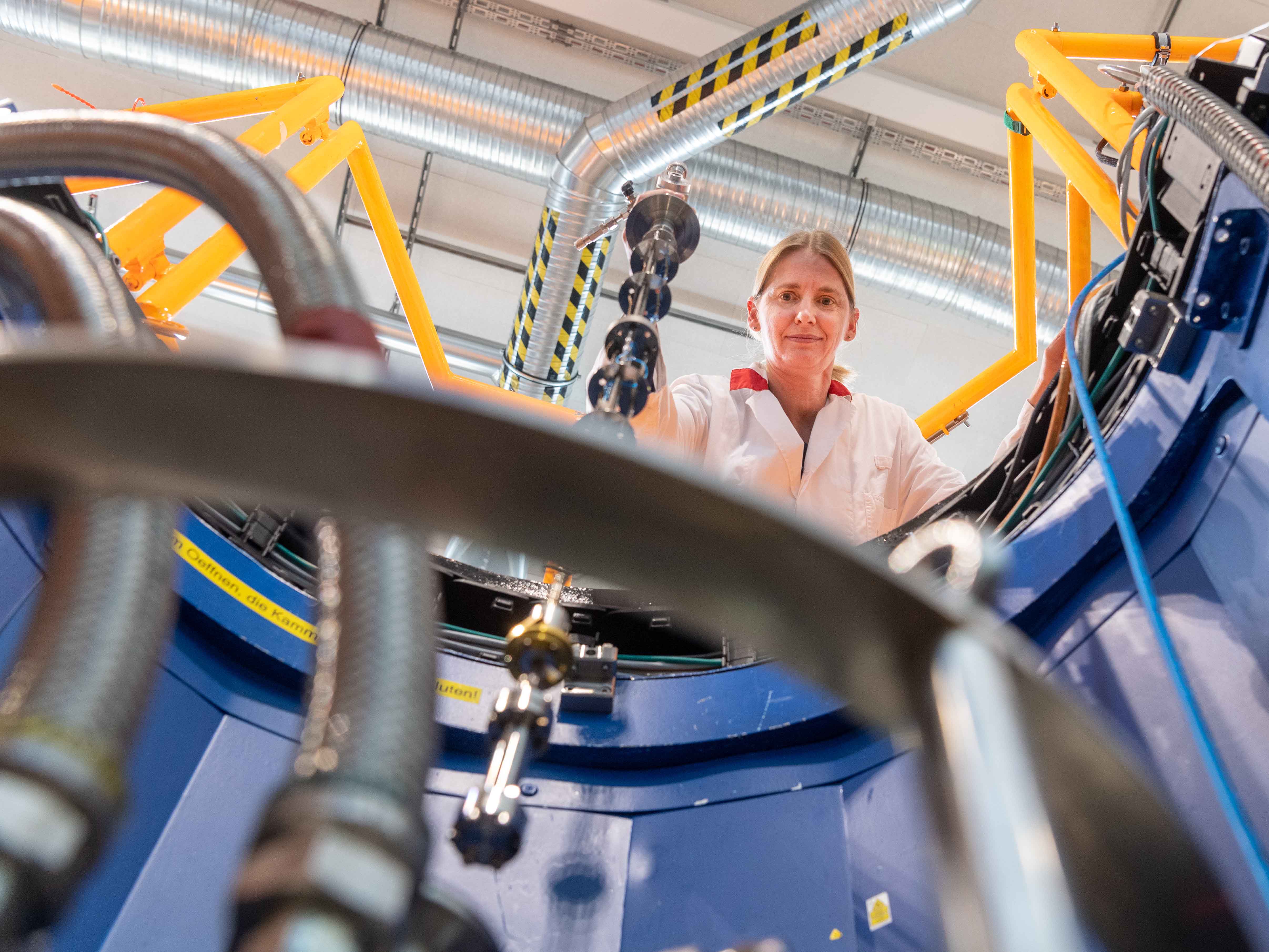
Cyanobacteria have a built-in sunscreen in their cells. Using neutrons at MLZ, a German-Estonian research team has now directly observed the orange carotenoid protein in action. Surprisingly, they found that a previously much-studied mutant of the protein behaves significantly differently than the original.
MLZ is a cooperation between:
 > Technische Universität München
> Technische Universität München > Helmholtz-Zentrum Hereon
> Helmholtz-Zentrum Hereon
 > Forschungszentrum Jülich
> Forschungszentrum Jülich
MLZ is a member of:
 > LENS
> LENS > ERF-AISBL
> ERF-AISBL
MLZ on social media:


